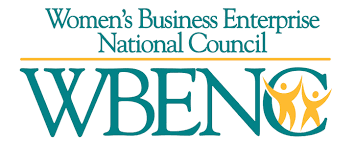
PUBLIC RELATIONS (Lesson 23 of 33)
Sexual Harassment
Introduction
In recent years, people who have been victimized by unwanted or inappropriate sexual advances in the workplace are bringing complaints to their employers against the offenders and in extreme cases, against the employees themselves. These actions have resulted in much publicity, and a heightened awareness by many against such inappropriate behavior. As a result, more people have come to realize that they have recourse against such behavior, and more employers have recognized their responsibility to establish policies against sexual harassment. While there has been much discussion over the issue of sexual harassment, there should no longer be any confusion over what constitutes sexual harassment.
Sexual harassment occurs whenever any unwanted sexually oriented behavior in the employee’s perception changes an employee’s working conditions and creates a hostile or abusive work environment. This, according to the U.S. Supreme Court (Meritor Savings Bank V. Vinson, 47 U.S.57) in a 1986 decision.
Subsequent court decisions have refined the definition. The obvious example of sexual harassment is the request for sexual favors in exchange for a promotion or other form of preferred treatment. Some not so obvious forms of sexual harassment include sexually explicit photos, sexually explicit conversation or actions that are offensive to or create discomfort for another employee. Even less obvious are the incidents where a male is the victim, or where the behavior by one man is deemed “not offensive” to one person but offensive to another.
Sexual Harassment
According to the Equal Employment Opportunity Commission (EEOC), sexual harassment is any unwelcome sexual advance, request for sexual favors, or other verbal or physical conduct of a sexual nature when submission to such conduct is made either explicitly or implicitly as term or condition of an individual’s employment, submission to or rejection of such conduct has the purpose of unreasonably interfering with an individual’s work performance or creating an intimidating, hostile or offensive working environment.
What You Should Know
What is your responsibility as a security officer when such an event is brought to your attention?
It is important to remember, that sexual harassment is against the law. You have a responsibility to make any such alleged incident known to your employer. As a security officer, such activities may come to your attention. That information should be conveyed to the company management and your employer as soon as possible, so that the company has the opportunity to respond to the incident appropriately. Typically, an incident report is made, detailing the circumstances of the allegation. It would be wise, however, to discuss this with your employer in advance. The company may have a program in place that requires some other reporting mechanism, or have specific input on what actions the security supervisor should take or what guidelines should be followed. If the security supervisor is to make an incident report, then it is the security supervisor’s responsibility to report the facts as they are reported by the victim, asking the victim to explain things that are not clear, so that the report is an accurate depiction of the alleged incident.



